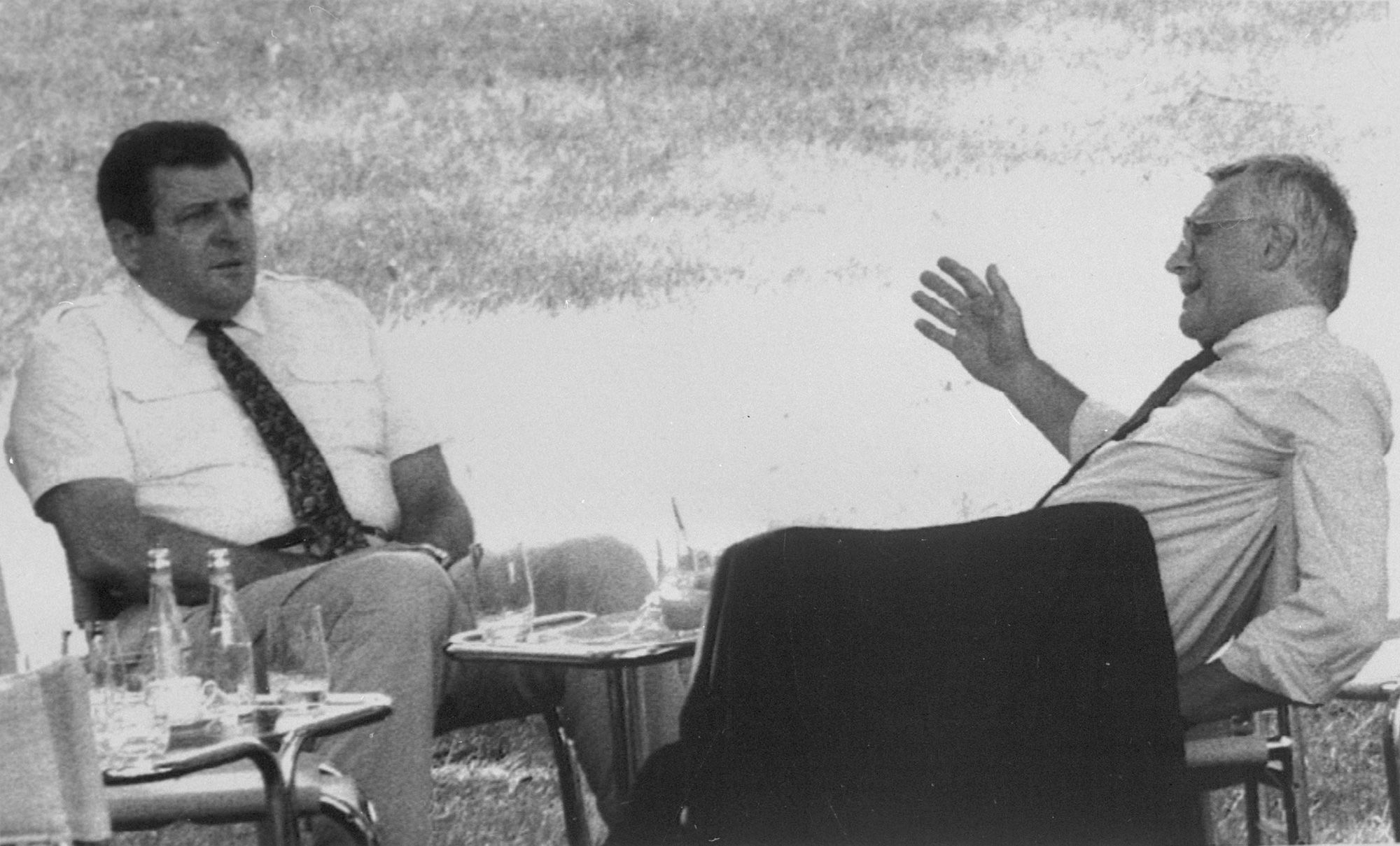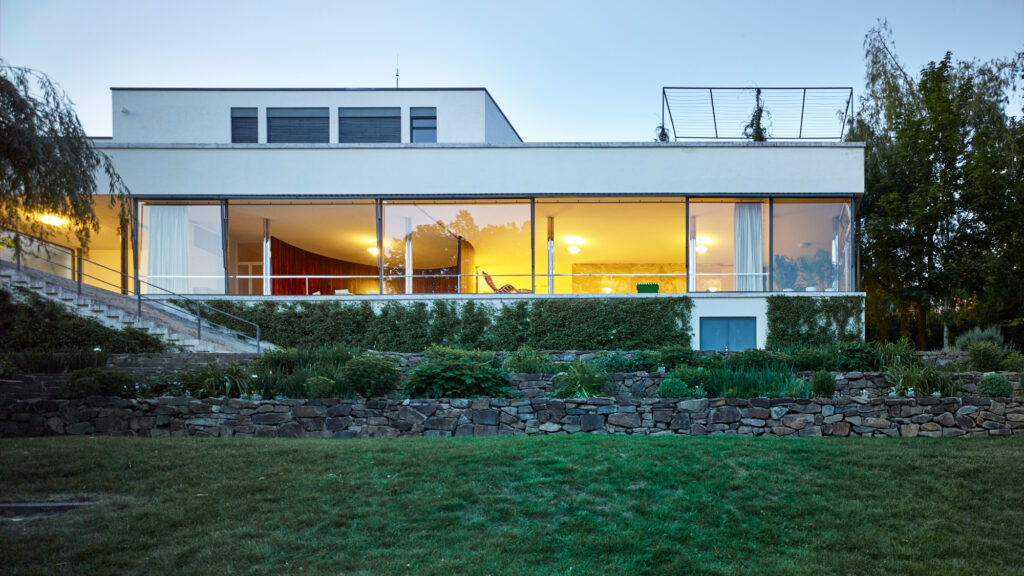Villa Tugendhat doesn’t look like anything special, just a villa. Located in Brno, in the Czech Republic, many tourists don’t even stop to look at it. They expect to see a classic mansion, with columns and manicured gardens, something out of the ordinary, and what they find is a modern, discreet, almost cold house. But wait, because behind those walls there’s something you don’t know: revolutionary architecture, war, exile, and the peaceful end of a country all intersect here. In short, history!
A house ahead of its time
In the late 1920s, the Tugendhat family (Jewish and German, very wealthy) decided to build a different, highly personalized house. They commissioned the project to Mies van der Rohe, the architect of the famous “less is more”.
And so, in 1930, this villa was born, an open space with clean lines and huge windows overlooking the entire city. No overloaded living rooms or inherited furniture. The structure rested on chrome steel pillars, with white onyx walls and giant glass panels. It even had electric systems to raise and lower curtains with the push of a button.
“You just flow between the rooms, and that was very antithetical to the German idea of having closed, cozy spaces inside,” says Michael Lambek.
For that time, it was like something brought from the future. Neighbors saw it as eccentric, architects as a masterpiece. Today it’s recognized by UNESCO as a World Heritage Site because it was a pioneering work for the country.
From home to war loot
History took a turn, of course. With the rise of Nazism, the family was forced to flee to Venezuela, and the house was confiscated and turned into state property.
After the war, the Soviets took Brno and the villa changed hands multiple times. It was used for diplomatic receptions and as a recovery center for women. Grete Tugendhat, the matriarch, returned briefly in 1968 during the Prague Spring. In exchange for handing over the house, she set two conditions: that it be restored and opened to the public. These were fulfilled, though it took decades.
Where a new map of Europe was born
On August 26, 1992, the villa’s garden became a political stage. Václav Klaus (Czech Republic) and Vladimír Mečiar (Slovakia) met there to seal the peaceful dissolution of Czechoslovakia. They chose the location because it was between Prague and Bratislava, and it was there that they announced the agreement to the press. No coups, no violence, no chaos. That moment was called the “Velvet Divorce”, and it is part of the story of this place.

A silent symbol
Villa Tugendhat is not only an architectural gem, it’s also a place full of history. It was the home of a displaced family, war loot, a site for political negotiations, and a witness to a unique political transition.
From the outside it looks like just another house, but inside it holds part of the 20th century. And it does so quietly, proving that some stories don’t need an ostentatious façade to leave their mark. And now you know the story of this house, what do you think?

